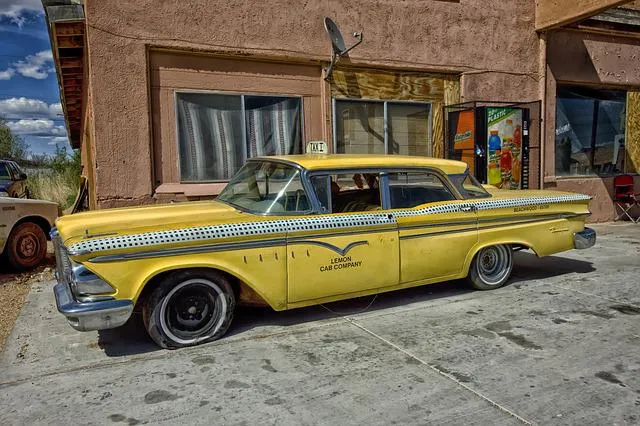If you enjoy looking at oddly shaped galaxies, there is no better place than the “Arp Catalog of Peculiar Galaxies”. Compiled by astronomer Halton Arp in 1966, the catalog is a compendium of 338 galaxies. But Arp didn’t compile the catalog just to show strange looking galaxies. He thought these peculiar galaxies were excellent laboratories for studying the physical processes that distort normal-looking elliptical and spiral galaxies. He was one of the first to suggest that galactic encounters could form stars in bursts.
His view contrasted with that of many astronomers of the 1960s, who referred to deformed galaxies as mere oddities. They believed in a universe devoid of weirdness, that most galaxies were ordered and symmetrical. But Arp believed in a different kind of universe, full of violence and birth.
One such galaxy, cataloged by Arp, which is exploding with new stars, is the Arp 143 system. The two galaxies in this system collided, fueling the triangular shaped explosion and star formation. The pair contains the star-forming and distorted spiral galaxy NGC 2445, along with its less conspicuous companion, NGC 2444. A spectacular frontal collision between two galaxies fueled the frenzy of triangular-shaped star birth, as captured by the Hubble Space Telescope of NASA.
Astronomers suggest that galaxies passed through each other, igniting the uniquely shaped star-forming firestorm in NGC 2445, where thousands of stars are exploding. This galaxy is inundated with stellar births because it is rich in gas, the fuel that produces stars. However, it has not yet escaped the gravitational clutches of its partner NGC 2444. The pair are conducting a cosmic tug-of-war, which NGC 2444 appears to be winning. The galaxy extracted gas from NGC 2445, forming the strange triangle of newly formed stars.
“The simulations show that frontal collisions between two galaxies are a way to create rings of new stars,” explained astronomer Julianne Dalcanton of the Center for Computational Astrophysics at the Flatiron Institute in New York and the University of Washington in Seattle. “Therefore, star-forming rings are not uncommon. However, the strange thing about this system is that it is a star-forming triangle. Part of the reason for this shape is that these galaxies are still so close to each other and NGC 2444 still gravitationally clings to the other galaxy. NGC 2444 may also have a hot, invisible halo of gas that could help pull NGC 2445 gas away from its core. Therefore, they are not yet completely free from each other and their unusual interaction is distorting the ring in this triangle ”.
NGC 2444 is also responsible for extracting filaments of gas from its partner, feeding the streamers of young blue stars that appear to form a bridge between the two galaxies.
These stellar filaments they are among the first in what appears to be a wave of star formation that began on the outskirts of NGC 2445 and continued inland. Researchers estimate that these filaments of stars were born between about 50 million and 100 million years ago. But these newborn stars are left behind as NGC 2445 continues to slowly drift away from NGC 2444.
Stars no older than 1 million or 2 million years are forming closer to the center of NGC 2445. The sharp sharpness of Hubble reveals a few individual stars. They are the brightest and most massive in the galaxy. Most of the bright blue wisps are clusters of stars. The pink spots are gigantic, young star clusters still shrouded in dust and gas.
Although most of the action is taking place in NGC 2445, that doesn’t mean the other half of the interacting pair have come out unscathed. The gravitational struggle has stretched NGC 2444 into a strange shape. The galaxy contains old stars and no new stellar births because it lost its gas long ago, well before this galactic encounter.
“This is an example of the kind of interactions that happened a long time ago. It’s a fantastic sandbox for understanding star formation and interacting galaxies, ”said Elena Sabbi of the Space Telescope Science Institute in Baltimore, Maryland.
The Hubble Space Telescope is an international cooperation project between NASA and ESA (European Space Agency). NASA’s Goddard Space Flight Center in Greenbelt, Maryland operates the telescope. The Space Telescope Science Institute (STScI) in Baltimore, Maryland conducts Hubble’s science operations. STScI is managed for NASA by the Association of Universities for Research in Astronomy in Washington, DC


